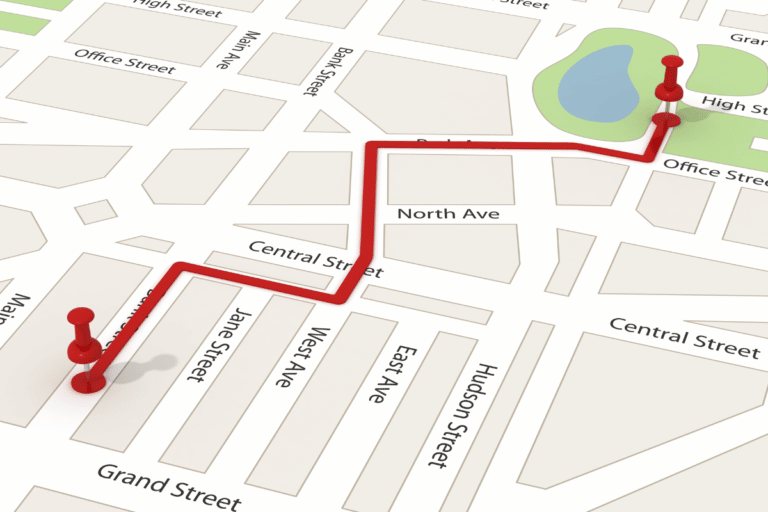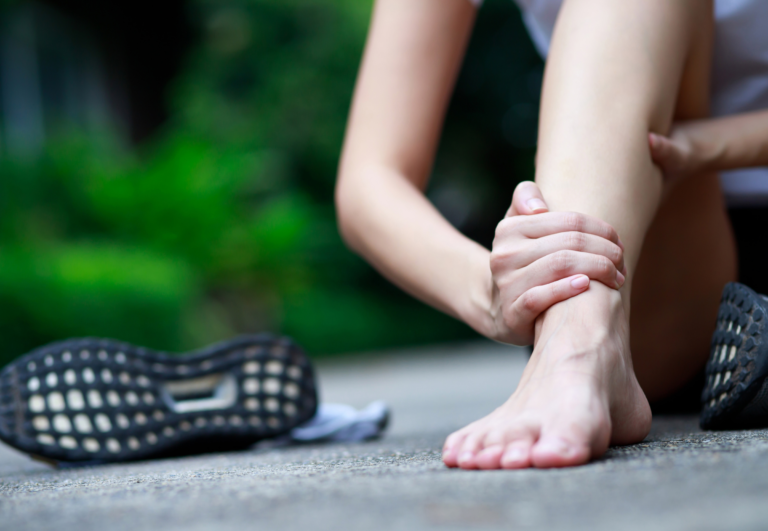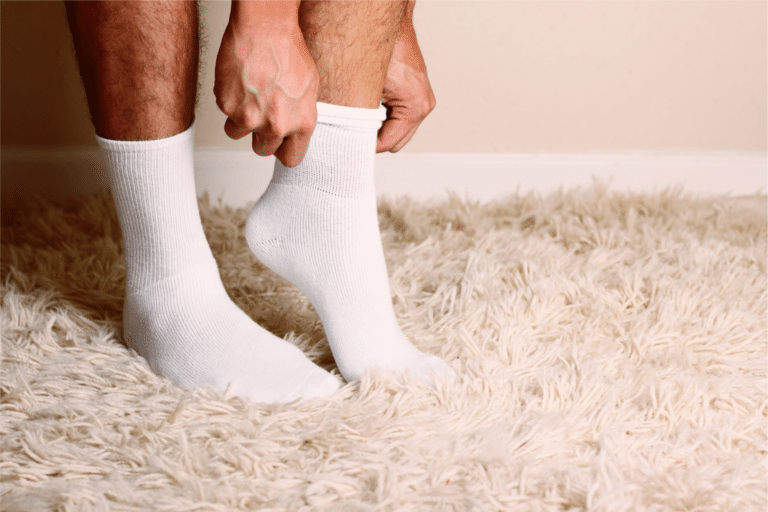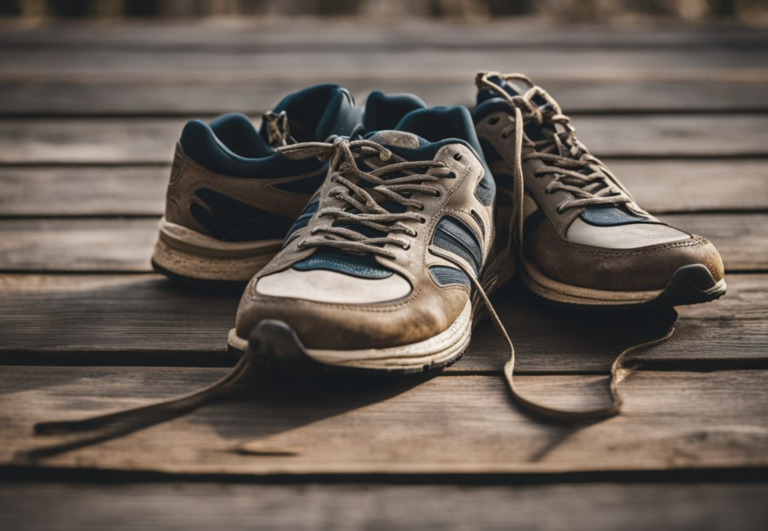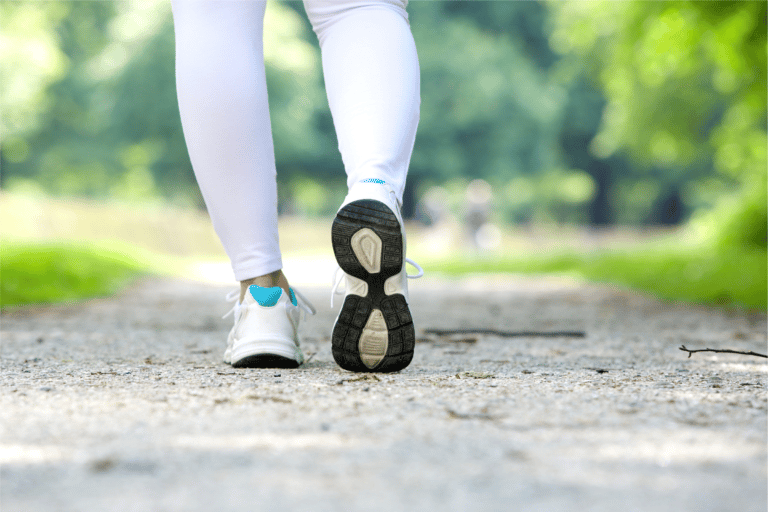Think Running Shoes Are Ugly? (The Tech Behind the Crazy Looks)
Ever wondered why running shoes are ugly? From crazy tread designs to gaudy colors and shades, modern running shoes have become quite the eyesore. In this article, we’re going to dive deep into the tech behind some of these crazy looks and document the way running shoes have changed over the years.
Running shoes that are innovative and designed with research-backed functions tend to appear ugly to those of us who are used to seeing a shoe with a particular style. However, these designs may have a huge impact on comfort and performance, such as the chunky heel design on Hoka shoes which protects runners’ feet from heel strike injuries.
Read on to discover why your favorite running shoe brands have come up with such outlandish designs.
How running shoes have changed over time
Like all commercial products, running shoes have changed dramatically over the years.
The evolution of the running shoe is quite an interesting story to follow, so I’m going to break down progress in the following stages:
- Early running shoes
- Running shoes in the 70s and 80s
- New generations of athletic shoe brands
- The current state of running shoes
Ready? Let’s go!
Early running shoes
Though the ancient Greeks had likely retrofitted certain types of sandals, known as krepis for running in their Olympic games, the first real modern attempt at running shoes began around the turn of the twentieth century.
New Balance was founded in 1906 to develop arch support technology, and they began releasing track shoes as early as the 1930s for collegiate teams such as those at MIT. Joseph William Foster was creating spikes for the British Olympic track team as early as 1924. Interestingly enough, his grandson would go on to found Reebok in the 1950s.
However, it wasn’t until the 1970s that the market for running specialty stores really opened up.
Running shoes in the 70s and 80s
While running shoes existed throughout the twentieth century, the version we might think of today didn’t really start to gain popularity until the fitness craze of the 70s and 80s.
In the 70s and 80s shoes with foam insoles and rubber outsoles were produced by companies in the running space specifically.
New Balance, Nike, Brooks, and Asics all began their illustrious journeys into the world of running during these two decades. While these brands still stand near the top of the food chain in the world of running, other shoe brands have also entered the conversation.
New generations of athletic shoe brands
Of course, tweaks were made to the running shoe over the years, but recently, major changes have started to be seen from several brands.
Hoka, Salomon, and On Running are but a few of the newer generation of running shoe brands that are breaking the mold and completely changing the science behind the world of running. We’ve now entered a new stage of running shoes that will be pushing the limits of science and technology to bring about the highest levels of performance and comfort for runners everywhere.
Over the past few years, Hoka, with their Hoka ONE ONE’s, Salomon, with their Salomon Speedcross Trail Running Shoes, and On Cloud, with their On Running Cloud Flow Shoes, have all introduced designs that have fundamentally changed the market forever.
The current state of running shoes
The past decade has seen a revolution in the way we understand the science behind running, and the shoes that we wear to complete that grueling activity.
Today, running shoes are lighter, wider, more breathable, and more durable than ever.
Now, let’s take a look at some of the technologies that have revolutionized the impact of the sport of running and try to take a glimpse at where this streak of innovation might be headed next!
How technology and function affect the look of running shoes
The technology behind the newest running shoes has allowed us to make shoes that are more conducive to high levels of performance and maximum comfort, but sometimes that comes at a cost.
Some of the newest forms of running shoes are far less aesthetically pleasing than earlier models. Let’s look at a couple of these strange designs below, and evaluate the function that design is offering to runners.
- On Running bubble outer soles
- Hoka chunky heel
- Altra Lone Peak Trail Runner treads
Let’s take a look!
On Running bubble outer soles
On Running’s Cloud line is available in a wide variety of options, ranging from day-to-day wear, to waterproof, to tough and rugged, all equipped with the signature bubble outer sole design.
On Running Cloud line of running shoes utilize geometric shapes that give runners more spring and cushion than other types of outer soles.

Though they may look futuristic, these shoes utilize physics principles known for centuries to make each footstrike more efficient.
Hoka chunky heel
Some runners prefer to experience a completely natural run, going so far as to run barefoot (or at least in shoes that provide basic protection but no support to speak of). For runners on the other side of the spectrum, Hoka has the shoe for you!
Hoka has made a name for itself by providing running shoes with incredibly chunky outer soles. These maximalist shoes have a very low heel-to-toe drop, a rounded sole, and a cushioned mid-sole making for a very comfortable run.

Models like the Hoka ONE Carbon X 2’s might look like a pair of Sketcher’s Shape Ups, but they have become one of the most popular shoes among runners in recent years because of the level of comfort and support they offer long-distance runners.
Altra Lone Peak trail runner treads
Founded in 2009, Altra Running is a relatively new brand, but it’s making a big impact in the world of trail running.
The tread on a pair of Altra Lone Peak 5 Trail Running looks more like a claw than it does a traditional pair of running soles, but this new technology allows for a level of grip that most other shoe brands could only dream of.
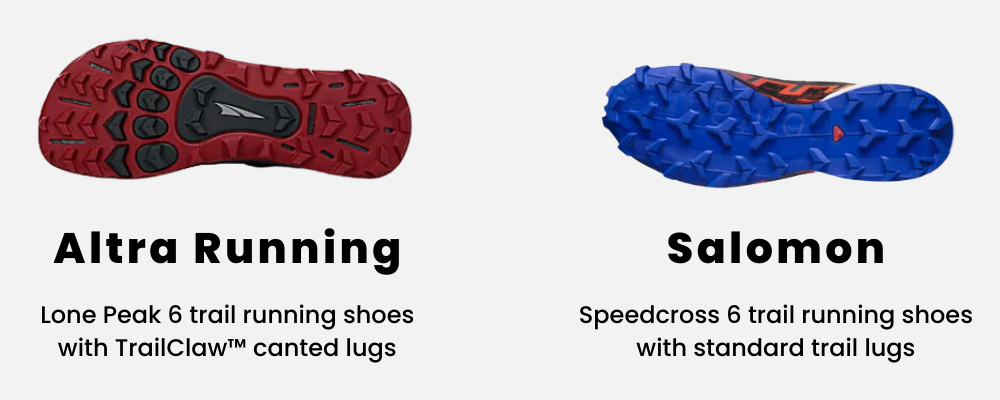
These odd-looking treads allow Altra to advertise their shoe as the shoe that “sticks to everything.”
How fashion trends and culture affect the look of running shoes
Various fashion trends have made their way into the world of running shoe design over the years. As with any product, celebrities and popular culture greatly impact the final iteration of the design.
Here are a couple of ways fashion trends and popular culture have affected the look of running shoes.
- Fashion trends
- Celebrity endorsements
- Futuristic innovation
Want to know how pop culture affects your running shoes? Keep reading!
Fashion trends
Let’s face it: you’re probably not buying your running shoes based on appearance. Sure, you may choose the colorway you like or gravitate toward understated (or even overstated) designs, but your primary concern is certainly going to be whether or not they help you get the job of running done. So what does fashion have to do with your shoes?
You don’t have to be Miranda Priestly in The Devil Wears Prada to know that fashion trends eventually make their way into everyday life. In the case of running shoes, popular colors, and silhouettes often make their way into sports apparel just as much as in the rest of your wardrobe.
In the end, all fashion exists in a cycle: someone wears something unique, consumers want to emulate that person, brands produce look-alikes, everyone wears the thing making it ubiquitous rather than unique, so someone else wears something new and the cycle continues. Whether that someone is an Olympic runner or a runway model makes no difference to the life cycle of a trend.
Celebrity endorsements
Celebrity endorsements are one of the best ways to put your product in front of the eyes of consumers. After all, part of their job is to be seen.
YEEZY the tennis shoe brand started by rapper Kanye West is the most obvious example of celebrity endorsements’ importance in shoe sales.
In 2019, they released a running shoe called the YEEZY Foam Runners, which look like they came directly from the set of Star Trek.
Whether it’s strange foam runners endorsed by a rapper or traditional running shoes endorsed by an athlete, such as Des Linden’s Brooks sponsorship. The role of celebrity endorsements is increasingly important for shoe sales.
Futuristic innovation
As history reveals, there are short periods of time that usher in large-scale innovation. It appears, with the advent of AI, electric vehicles, and smart devices, that the current time period is one of large-scale futuristic innovation.
As this cultural trend trickles down into various areas of life, it will surely impact the design of new forms of running shoes.
Watch for running shoes to become more futuristic!
The future of running shoes
In a world of innovation, every company must continually improve its products.
In recent years there have been some real forward-thinking technologies that have made their way into shoe design, including:
- Emerging design trends
- Sustainability
- Performance
- Weight and dimensions
Let’s take a look at where running shoes might be headed next.
Emerging design trends
With the huge leap forward that science has given us over the past couple of decades, the look and feel of running shoes are beginning to change.
Here are a few emerging design trends that we may begin to see in more pairs of running shoes in the near future:
- Larger heel drop to prevent heel-striking injuries (ex. Hoka)
- Polyurethane soles for better durability (ex. Norda)
- Carbon plates (ex. Nike Zoom Alphafly Next%)
There are also bound to be some interesting rulings in regard to how much is too much technological help in races.
Sustainability
Running shoes, like all products, are making a move towards environmental sustainability as the concern about the state of your planet continues to grow.
Brands such as Allbirds, Merrell, Reebok, and Brooks all use recycled materials such as lyocell fabrics in their shoe design. This sets them apart from some of their mass-produced peers.
As eco-consciousness and sustainability continue to be deciding factors in consumers’ purchasing choices, look for major brands to start developing competitive options.
Performance
As the science around performance continues to improve, so do the shoes athletes choose to wear to complete their runs.
Shoes like the Nike Zoom Alphafly Next%, which were worn by Eluid Kipchoge when he broke the 2-hour marathon barrier in Berlin in 2018, are a giant leap forward in the world of running tech and performance.
The Nike Zoom Alphafly Next%’s contain air pods in the forefoot and foam in the heel to maximize each footstrike’s efficiency and protect the runner’s feet. They even contain a carbon fiber plate in the insole to give the runner more control and responsiveness in the shoe.
As advances further, running shoes will add a more substantial boost to running performance than they already do.
Weight and dimensions
Running shoes are changing to fit the needs of runners rather than runners adapting to fit the existing style of shoes.
Newer running shoes are lighter weight and wider than those previously available.
Modern running shoes are increasingly becoming lighter weight and more accommodating for different foot shapes. Shoes such as the New Balance Fuel Cell Elites weigh as little as 7.2 oz per shoe. The technology that allows this marvel is only improving, and performance will increase as shoes get lighter.
Likewise, as it has become apparent in recent decades that human foot shape is progressively being altered by wearing restrictive shoes, designers are looking for ways to accommodate wider feet by implementing a larger toe box, such as Hoka’s Clifton 8’s. This will allow more people with more diverse types of feet to comfortably and competitively participate in long-distance running.

